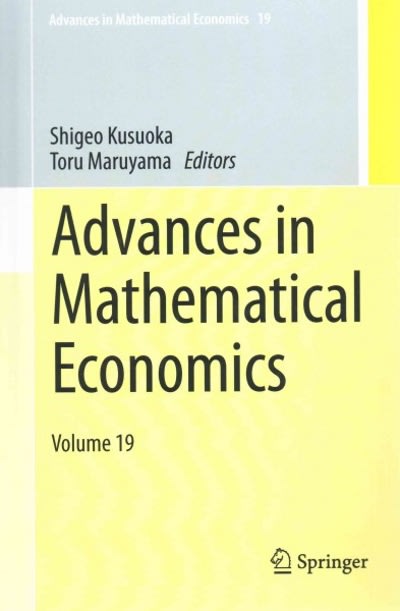Question
De Rose and Galarza (2000) used multiple linear regression to study Att= average attendance in thousands, from the first few years of Major League Soccer
De Rose and Galarza (2000) used multiple linear regression to study Att= average attendance in thousands, from the first few years of Major League Soccer (MLS, the professional soccer league in the United States). The 12 MLS teams at the time ranged in average attendance from 10,000 to 22,000 per game. De Rose and Galarza used the following predictor variables:
The regression results reported in the study were:
Predictor Parameter Two tail
variable estimate p-value
Intercept 28.721 0.001
Pop 1.350 0.001
Teams -0.972 0.037
Temp -0.238 0.012
(a) Write out the estimated least squares (regression) equation for predicting Att from Pop, Teams, and Temp.
(b) R2was 91.4%, suggesting that this model may be useful for predicting average attendance (for expansion teams, say). Test the global usefulness of the model using a significance level of 5%.
(c) Test, at a 5% significance level, whether the regression parameter estimate for Teams suggests that increasing the number of (male) professional sports teams in the four major sports (football, baseball, basketball, hockey) in a city is associated with a decrease in average MLS attendance in that city (all else being equal).
(d) According to the model results, how much does average attendance differ for two cities with the same population and average temperature when one city has one fewer (male) professional sports teams in the four major sports?
(e) One purpose for the study was to predict attendance for future expansion teams. Since the study was published, some of the included cities are no longer represented in MLS and have been replaced by others. In one case, beginning with the 2006 season, the San Jose Earthquakes MLS franchise relocated to Houston, Texas, which was one of the potential cities considered in the study. A 95% prediction interval for average attendance for a potential Houston MLS team based on the model came to (10,980, 15,340). Briefly discuss how studies like this can help to inform decisions about future expansion teams for professional leagues like MLS.
Step by Step Solution
There are 3 Steps involved in it
Step: 1

Get Instant Access to Expert-Tailored Solutions
See step-by-step solutions with expert insights and AI powered tools for academic success
Step: 2

Step: 3

Ace Your Homework with AI
Get the answers you need in no time with our AI-driven, step-by-step assistance
Get Started


